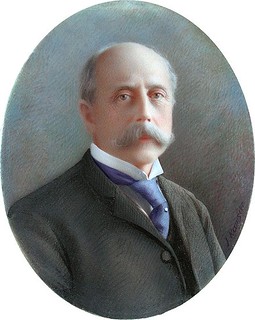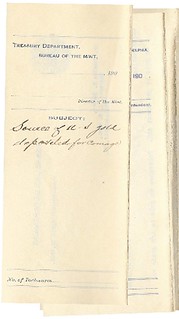
PREV ARTICLE
NEXT ARTICLE
FULL ISSUE
PREV FULL ISSUE
CHARLES BARBER'S 1905 EUROPEAN TRIPThe Summer 2018 issue of the Journal of the Barber Coin Collectors’ Society includes an article by editor John Frost that discusses the Barber family information trove that BCCS learned about and provides some interesting details about Charles Barber's business trip to Europe in 1905 as seen through the diary of his accompanying daughter Edith. With permission, here is an excerpt of the article. -Editor
In the previous issue of the Journal, I wrote about a remarkable set of circumstances that led me to meet and visit with two of the great-grandsons of Charles Barber. New photos and a painting of Barber were presented to the membership for the first time, along with a number of other artifacts. The two Trepagnier brothers were grandsons of Edith Barber, Charles’ daughter (1886-1970). During the first visit with both brothers, I became aware of a trip to Europe that Charles made in 1905 at the request of the U.S. Government. This trip combined some vacation time with official visits to a number of European mints, an information-sharing trip. Charles would head to Europe for 3 months during that summer with his daughter Edith (then 19 years old) and his second wife Caroline (Martha Barber, his first wife, had passed away in 1899). It would be a combined business-vacation trip. Over several more visits with the Trepagniers, they provided an amazing number of new artifacts for study and photography, and graciously made them available for this article, and also for exhibiting. This article will focus solely on this 3-month trip to Europe. A number of artifacts will be presented in the article, but tying all of these items together was the Diary of Edith Barber, a book she wrote that chronicled their trip in detail, from a personal perspective.
In addition to the approval documents, several departments within the U.S. Mint provided Charles with a list of questions to ask their counterparts in the foreign mints. These original memos and letters were provided for study by the family. Some of these memos have Barber’s hand-written notes, where he jotted some notes in response to the questions.
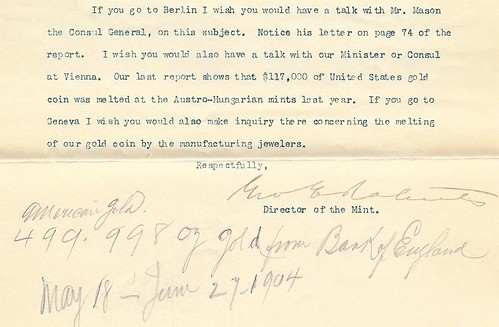
For his trip, President Theodore Roosevelt presented Charles Barber with a 39-star U.S. flag to take with him. This is a most interesting artifact, as the 39-star flag was never officially flown. In 1889, the Dakota Territory was expected to join the union as the 39th state, and flag makers began making them in anticipation. At the last moment, Dakota was divided into North and South, and the U.S. went from 38 states to 40. Because Roosevelt lived in Dakota Territory in the northern badlands beginning in 1884, he had likely acquired the 39-star flag in 1889 and kept it as a prized possession, until be entrusted it to Barber in 1905. The 1½’ by 2½’ flag was an amazing way to learn about the European trip of 1905.
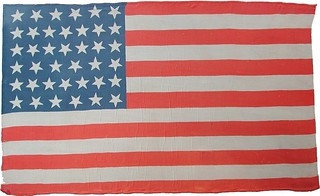

For more information on the Barber Coin Collectors' Society, see:
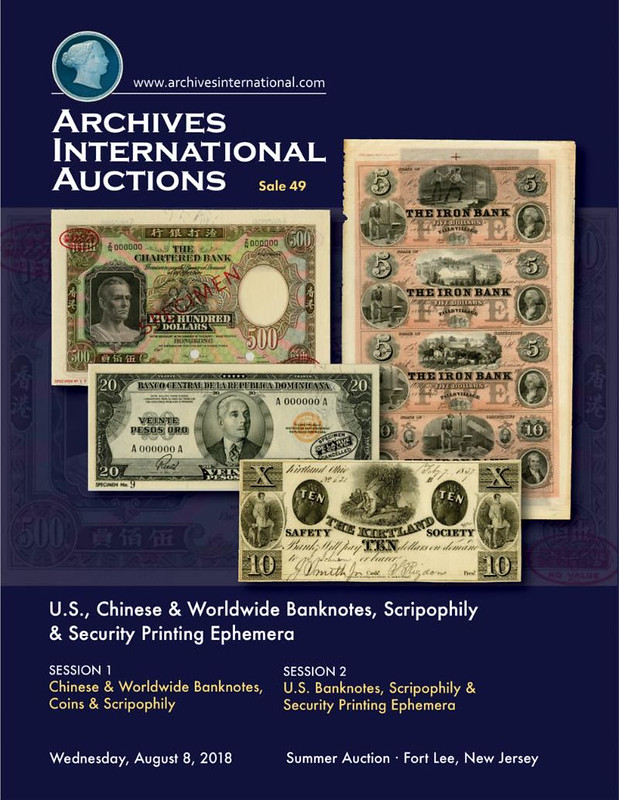
Wayne Homren, Editor The Numismatic Bibliomania Society is a non-profit organization promoting numismatic literature. See our web site at coinbooks.org. To submit items for publication in The E-Sylum, write to the Editor at this address: whomren@gmail.com To subscribe go to: https://my.binhost.com/lists/listinfo/esylum All Rights Reserved. NBS Home Page Contact the NBS webmaster 
|
